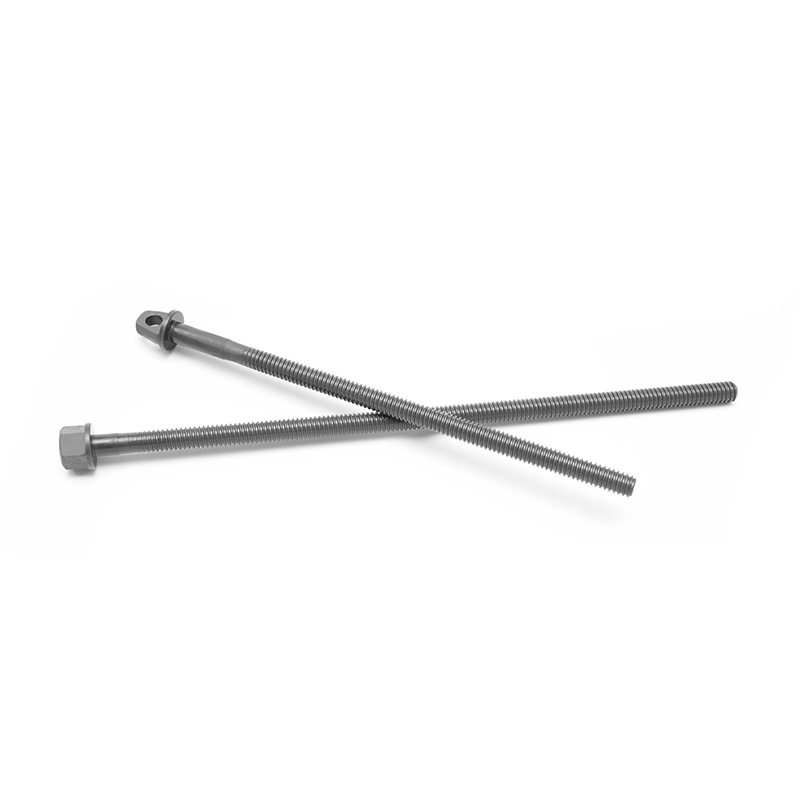In the field of mechanical engineering and automation, the efficiency and reliability of motion systems are fundamental to the performance of machinery. At the core of many linear actuation systems lies a highly engineered component that often goes unnoticed: the trapezoidal lead screw. With its distinctive thread geometry and dependable mechanical properties, the trapezoidal lead screw plays a critical role in the smooth, controlled conversion of rotary motion into precise linear displacement. Its performance advantages, combined with material durability and system compatibility, make it an indispensable part of modern motion technologies.
Engineered Thread Geometry for Structural Strength
Unlike traditional screw threads, which often utilize a sharp V-profile, trapezoidal lead screws feature a wider, angular thread form designed to enhance structural performance. The trapezoidal thread profile increases the contact area between the screw and the mating nut, distributing forces more evenly and reducing wear over time. This geometry improves load distribution and torque transmission, making it particularly effective in applications that demand both strength and precision.
In practical terms, this means trapezoidal lead screws are not only able to carry heavier axial loads but also maintain smoother, more consistent motion across long operating cycles. The stability offered by this thread design is especially valuable in positioning applications where repeatability and minimal deviation are required.
Material Selection for Longevity and Resistance
The operational reliability of trapezoidal lead screws is further supported by careful material selection. These screws are commonly made from hardened steel, stainless steel, or bronze alloys—materials chosen for their strength, hardness, and resistance to wear and corrosion. Hardened steel provides exceptional durability under heavy loads, while stainless steel offers corrosion resistance for use in demanding environments such as food processing or outdoor machinery. Bronze, known for its excellent anti-friction characteristics, is often paired with steel screws in the form of matching nuts to reduce friction and noise during movement.
This material versatility allows the trapezoidal screw to be adapted to a wide range of operating environments, from controlled laboratory instruments to rugged industrial machinery.
Precision, Speed, and Anti-Backlash Control
Performance in linear motion systems depends on more than just load capacity. The pitch of the trapezoidal thread directly affects the lead screw’s travel speed and resolution. A finer pitch provides greater precision and positioning accuracy, while a coarser pitch enables faster linear movement. Designers can select the ideal pitch according to the speed-accuracy balance required in a given system.
To achieve even higher levels of precision, trapezoidal screws are often paired with anti-backlash nuts. These components compensate for mechanical clearance between the screw and the nut, effectively reducing or eliminating axial play. By controlling backlash, these systems maintain consistent linear movement even during frequent direction changes, making them suitable for high-precision tasks such as CNC machining, robotic actuators, and 3D printing.
Essential in Lifting Mechanisms and Power Transmission
One of the most prominent applications of trapezoidal lead screws is in lifting mechanisms, particularly in mechanical jacks and actuators. In these systems, the screw acts as a core transmission component, converting rotary input into vertical motion with high mechanical efficiency. The trapezoidal thread profile provides the friction and strength required to hold heavy loads in place securely, ensuring stable lifting without slippage.
This functionality is critical not only for lifting capacity but also for user safety and equipment reliability. In automotive jacks, industrial lifting platforms, and load-bearing actuators, the trapezoidal lead screw enables controlled movement, consistent holding force, and long-term operational safety.

Applications Across Automation and Industry
The adaptability of trapezoidal lead screws extends far beyond lifting systems. They are widely used in CNC machinery, injection molding systems, linear actuators, medical equipment, and laboratory automation. In all these applications, their consistent linear movement, long service life, and low maintenance requirements offer significant benefits.
Whether used in high-load environments or systems requiring micro-level precision, the trapezoidal lead screw delivers consistent, repeatable motion. Its performance is further enhanced when integrated into systems with automated control, where accuracy, responsiveness, and durability are essential.

 English
English 中文简体
中文简体 Español
Español русский
русский عربى
عربى








